Equilibrium and Non-equilibrium Statistical Mechanics A conference in honor of François Dunlop
Villa Finaly

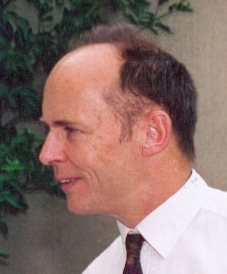
This conference is held in honor of François Dunlop who made important contributions in rigorous statistical mechanics, in particular to the fields of phase transitions, metastability and entropic repulsion. This domain is at the interface between statistical physics and probability, and its theme is recurrent in the modelling of large systems. Their domains of application are those of statistical physics, but also extend to other domains such as stochastic partial differential equations or population genetics and dynamics.This conference will bear on these subjects, with a particular attention to important recent results.
Invited speakers:
Stefan Adams (Warwick)
Alessandra Bianchi (Padova)
Oriane Blondel (Lyon)
Nicoletta Cancrini (L' Aquila)
Emilio Cirillo (Roma)
Pierre Collet (Palaiseau)
Loren Coquille (Grenoble)
Ivan Corwin (New York)
Anna De Masi (L’Aquila)
Béatrice de Tilière (Paris)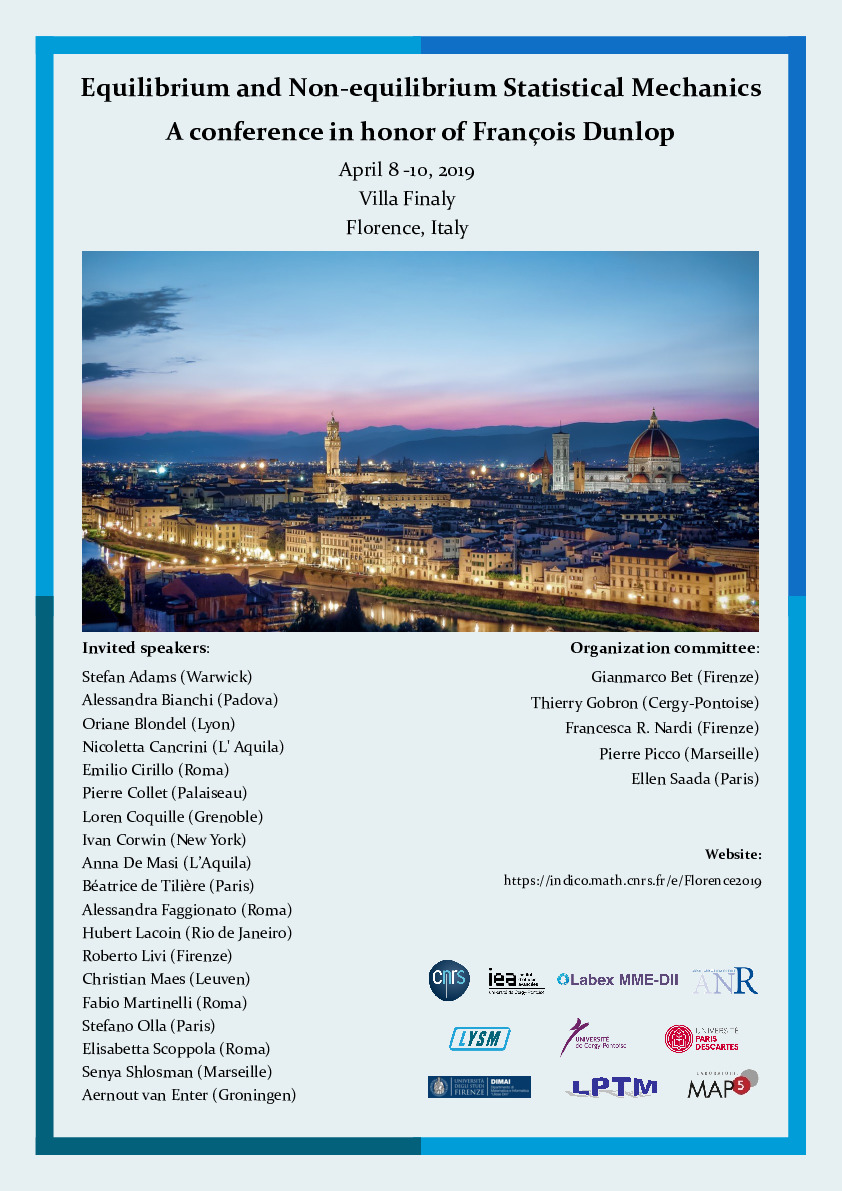
Alessandra Faggionato (Roma)
Hubert Lacoin (Rio de Janeiro)
Roberto Livi (Firenze)
Christian Maes (Leuven)
Fabio Martinelli (Roma)
Stefano Olla (Paris)
Elisabetta Scoppola (Roma)
Senya Shlosman (Marseille)
Aernout van Enter (Groningen)
Organization committee:
Thierry Gobron (Cergy-Pontoise)
Francesca R. Nardi (Florence)
Pierre Picco (Marseille),
Ellen Saada (Paris).
Partially supported by IAS-Cergy, Labex MEE-DII, Laboratoire LPTM, Université de Cergy-Pontoise, Laboratoire MAP5, ANR LSD, LYSM and Florence University.
 |
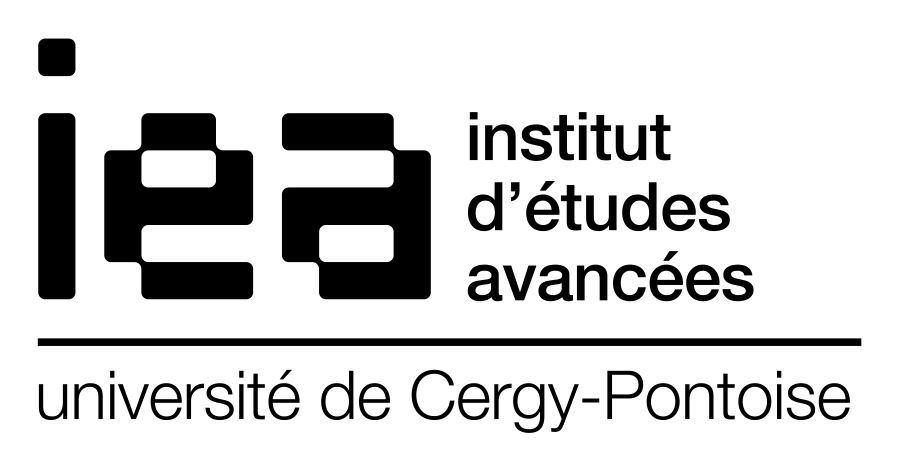 |
 |
 |
 |
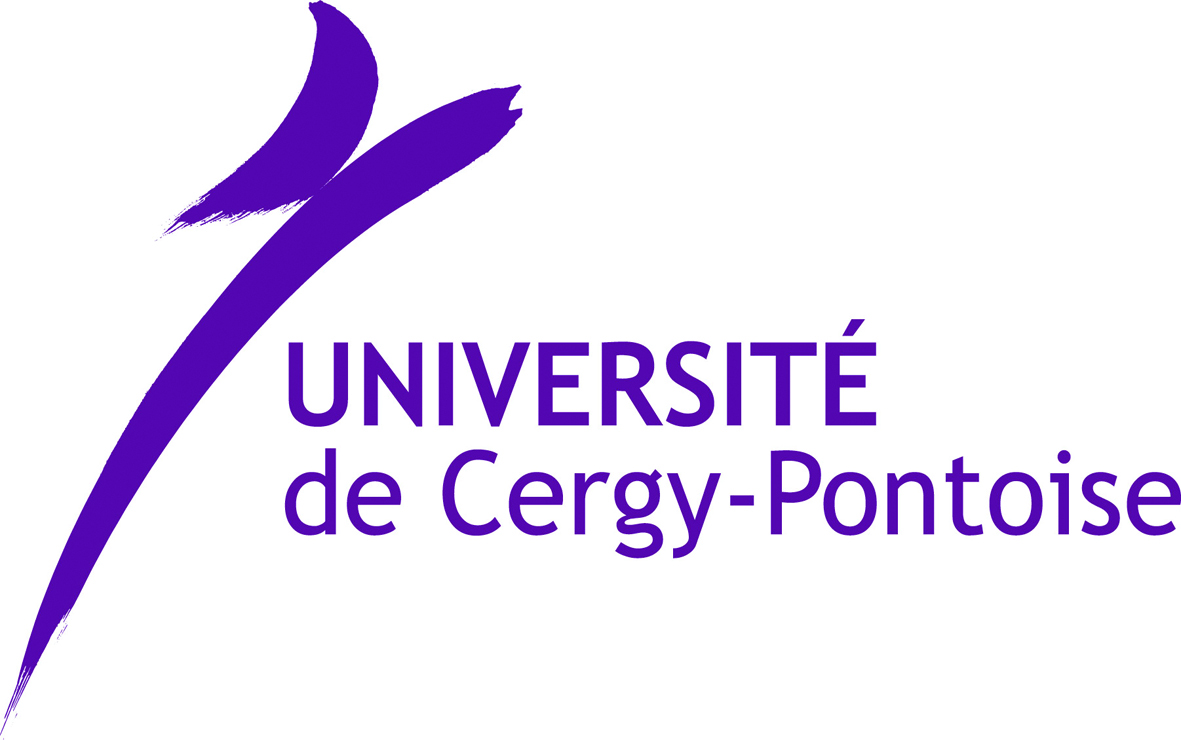 |
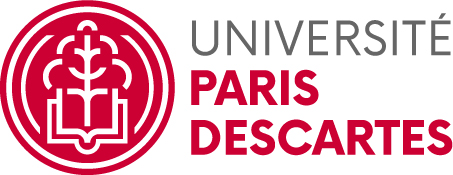 |
 |
 |
 |
